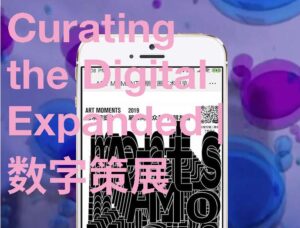
“Curating the Digital Expanded” is a special issue co-edited by UNArt (Shanghai) and OnCurating (Zurich) published in September 2023. This project is supported by Pro Helvetia, Swiss Arts Council.
My Roles: Co-curator, Project Leader, Executive Editor, Proofreader
Timeline
- OCT 2021: Reached out to OnCurating on behalf of the journal UNArt2020.
- DEC 2021: Wrote a proposal, compiled supporting documents, and submitted it to Pro Helvetia’s Open Call “To-gather.”
- JAN 2022: Won the grant and organized meetings between UNArt and the partner organization OnCurating to discuss collaboration details further.
- JUL 2022: Facilitated an agreement between the two organizations regarding the scope, content, timeline, working methods, budget, etc., for the three-year project.
- NOV 2022: Acquired copyright from authors to republish their articles through OnCurating and assigned the texts to professional English-Chinese translators.
- JAN 2023: Conducted interviews with two groups of digital art professionals.
- MAR 2023: Led a team in editing, polishing, and translating the two interviews from Chinese to English.
- APR 2023: Collected translated articles and completed the first round of proofreading; Wrote my bilingual editorial.
- JUN-AUG 2023: Completed the second and third rounds of proofreading to address OnCurating’s editing and layout concerns.
- SEPT 2023: Launch of the issue.

The bilingual issue “Curating the Digital Expanded,” co-edited by UNArt and OnCurating, revisits OnCurating’s Issue 45, originally published in April 2020. The original issue presented various perspectives on how the processes of art creation and curation are influenced by contemporary digital networks and the growing use of digital technologies in Europe. This translated and republished edition contains articles and interviews that provide fresh insights, including selected contributions from the original issue. Each interview, artwork, and article delves into modern practices that reconsider or examine how place, automation, labor, and archives relate to the impact of technology in both physical and digital curation and art production. The interviews feature voices from the art, political, and academic realms and focus on art creation in the digital realm, highlighting the crucial role of digital tools in creating and sharing art in society.
I have served as an editor for the online bilingual journal UNArt2020 (published by the UNArt Center) since the fall of 2020. In the winter of 2021, I connected the journal with another publication, OnCurating in Zurich, and applied for the “To-gather” grant by Pro Helvetia, proposing a three-year interdisciplinary project between the two organizations. In January 2022, the proposal was accepted, and I led a working group to produce and edit the first collaborative issue.
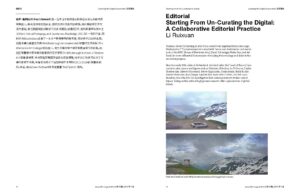
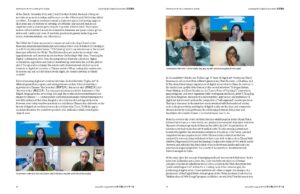
Apart from selecting six articles from the original edition and assigning them to professional translators, I conducted interviews with two groups of renowned curators, artists, and scholars from China’s digital art and curation field. The first group included three academic curators (Chen Xiaowen, Li Zhenhua, and Bi Xin) from different generations, while the second group consisted of three creators (Sun Yuqian, Allison Yang Jing, and Zhou Jiangshan) who unintentionally engaged in curatorial activities alongside their digital practices. These two interviews provided an overview of the development of digital curation in China from two different perspectives. I condensed them into two articles: “Accessibility to Media and Technology: 30 Years of Digital Art Curation in China” and “Dialogue System, Game Making, and Data Circulation: Are These Forms of ‘Curating’?”
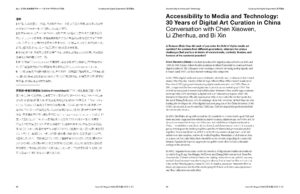

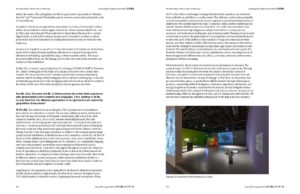
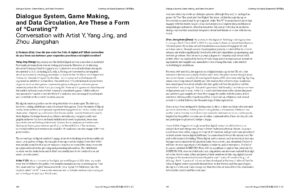

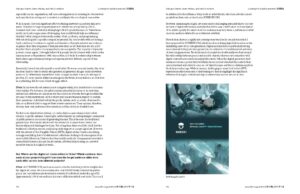
In addition to introducing the editorial project and explaining the genesis of the collaboration between the two organizations, my editorial, titled “Starting from Un-Curating the Digital: A Collaborative Editorial Practice,” summarizes the two interviews and elaborates on how they can complement and enrich the topics discussed in the other articles.
The collaborative project encountered the challenges of the pandemic and unforeseen clashes arising from cultural differences and social conflicts in the online realm. These challenges coincidentally resonated with the theme of “curating the digital” and enriched the editorial experience beyond text.
